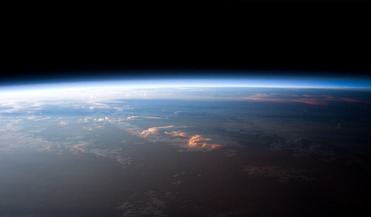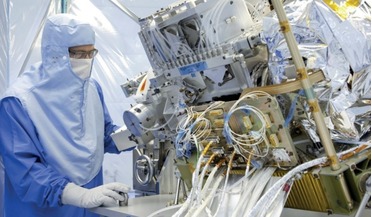 15 November 2021
Earth's lower atmosphere is rising due to climate change, new study says
15 November 2021
Earth's lower atmosphere is rising due to climate change, new study says
... to collect data on the tropopause for the past 40 years, an international team of scientists have found that the troposphere (the lowest atmospheric level) has been expanding upward at a rate of roughly 50 to 60 metres per decade. The rising...
 12 July 2016
Did two ancient supernovas cause cell mutation and climate change on Earth?
12 July 2016
Did two ancient supernovas cause cell mutation and climate change on Earth?
...extinction occurred. This may be connected to a cooling in Earths climate, as the increased abundance of cosmic rays ionised Earth’s troposphere – the lowest level of the atmosphere – to a level eight times higher than normal and subsequently causing...
 October 2017
Tracking air pollution and monitoring climate change
October 2017
Tracking air pollution and monitoring climate change
..., for the supply of air quality data in the lower troposphere. It will also act as a gap filler in atmospheric chemistry...the rapid changes of trace gases and aerosols in the troposphere, globally and daily. These observations are important for daily...
 July 2019
Science and sensation in microgravity
July 2019
Science and sensation in microgravity
... between ascent and descent, create short-term conditions that are as close as possible to weightlessness within the troposphere itself, creating an airborne laboratory. During the reduced gravity phases, researchers flying onboard the aircraft can...
 March 2015
JAXA’s challenge to climate change
March 2015
JAXA’s challenge to climate change
... to verify reductions in carbon dioxide (CO2) emissions. A decision was made to change the mission completely in order to monitor tropospheric CO2 absorption and emission. The instrument design was changed for the sole purpose of measuring GHGs...
 October 2017
Cassini observations open up Saturn’s atmosphere
October 2017
Cassini observations open up Saturn’s atmosphere
... system: methane, water, ammonia, and hydrogen sulphide. Some of these species are volatile and condense in the troposphere to form cloud decks, starting with water ice at the deepest levels, followed by a compound called ammonium hydrosulphide...